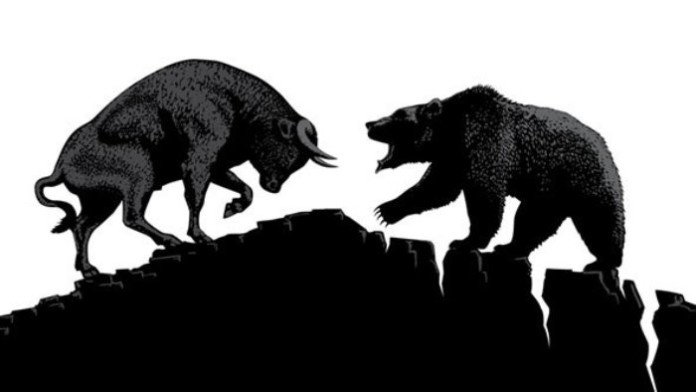A new rally always gives hope that his is the start of a new bull market. But how do we tell the difference between a bear-market rally and a real bull market?
I’ve written a brief outline of things I look out for below. Using this list actually requires sitting out the initial part of the rally to allow its true nature to be revealed.
1. Volume, volume, volume
A big surge on higher volume at the start of a rally isn’t enough. I want to see strong rises on big volume on an ongoing basis, which suggests fund managers are accumulating stocks.
2. Breadth
I want to see a lot of stocks – in an uptrend – participating in the move. The best indicator is a rally led by new 52-week highs. That’s very different from a rally led by a contraction of stocks making 52-week lows.
3. Leading stocks
A rally led by beaten down stocks – like financials and consumer companies – doesn’t impress me. I want to see strong sectors lead the running.
This is perhaps the best indicator of all. If there aren’t momentum/aggressive growth stocks in leading sectors setting up bases and breaking out to new highs, then it is likely to be a bear rally.
4. A new uptrend
A bull market will start when the market makes a new uptrend: a series of higher highs and higher lows.
5. Moving averages turning up
Strong bull moves see the 50-week moving average turning up, as well as the weekly and monthly MACD.
6. Sentiment
Most people – particularly your mates – should have lost interest in getting rich in the share market when a new bull market begins. If they’re all talking about rallies and bounces, not enough people have been shaken out and another down leg is likely.















